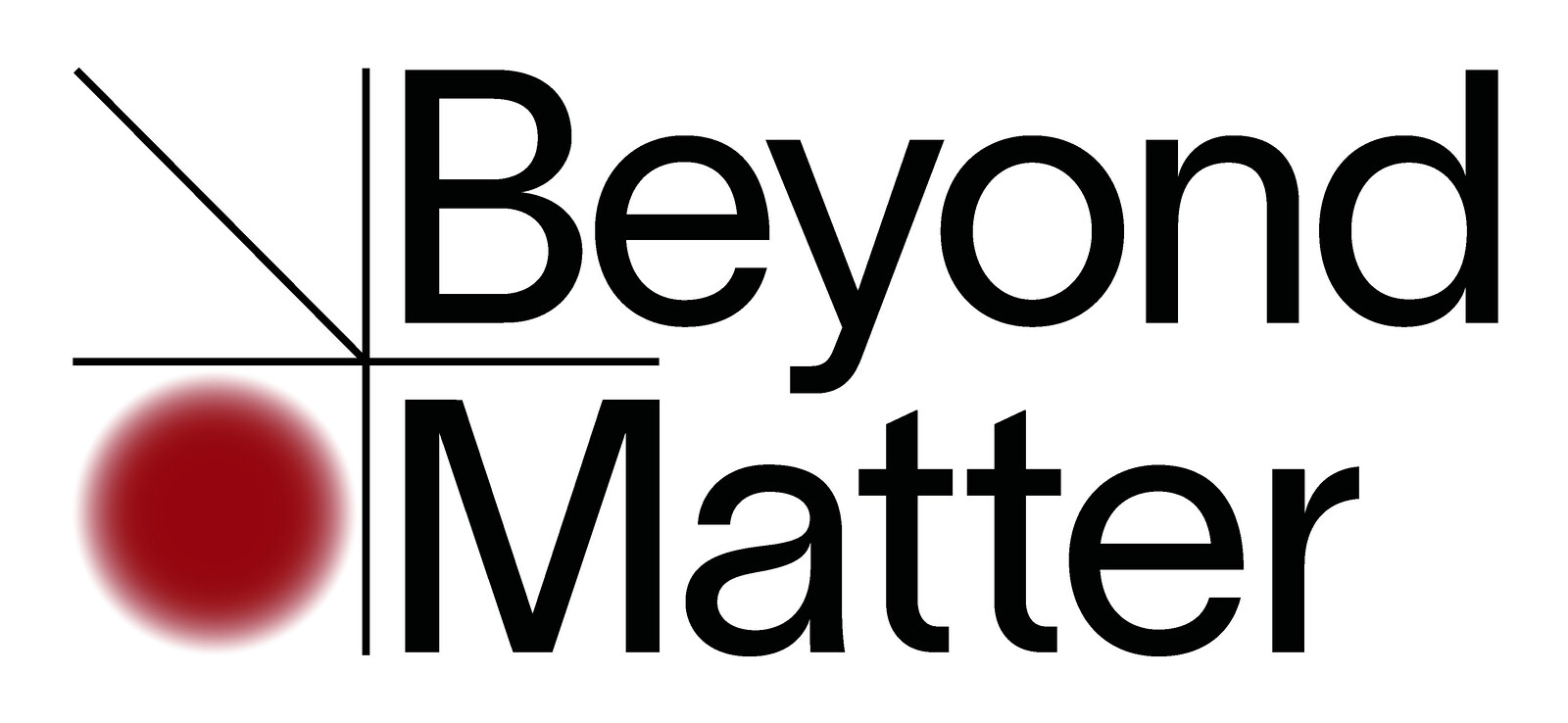A series of online talks
Even when they draw the attention of audiences today, exhibitions that happened in the past are barely accessible due to a general insufficiency of documentation methods. If we accept the premise that exhibitions are alive when they are up and running, and that this vividness is strongly dependent on their spatial qualities, already dismantled spatially organized assemblages of materials and thoughts can be declared dead. When used to resurrect and revive past exhibitions, as in other cases, technology is “no mere means” but “a way of revealing” (Heidegger: 1954).
For the project Beyond Matter: Cultural Heritage on the Verge of Virtual Reality, two institutions have committed to examining the possibilities of revival through experiential methods of digital spatial modelling, using the case studies of Les Immatériaux (Centre Pompidou, 1985) and Iconoclash (ZKM | Karlsruhe, 2002). Les Immatériaux and Iconoclash were both landmark shows and thought experiments manifested as exhibitions. They each displayed scientific and technological as well as artistic practices, and, what’s more, they each reflected on the exhibition as a medium and an interface.
Throughout 2020 and 2021, a series of discussions gathers together outstanding thinkers, curators, and art historians to probe the most topical questions around the digital revival of past spatial assemblages. These discussions contribute to the conceptual development of the two case-study exhibitions’ digital interpretation, but also serve as groundwork for the project’s unfolding research on the virtual condition in curating and art mediation.
In the upcoming discussion on “Images scatter into data …” – Iconoclasm and the Scientific Image on February 15 at 6pm CET, Peter Galison reflects on the exhibition and recent achievements in scientific imagery.
The series on Iconoclash concludes on March 1 at 6pm CET with a talk on “Network Thinking in Scenography” between Manfred Wolff-Plottegg, the exhibition’s architect and scenographer, and Peter Weibel, and will be followed by online discussions on Les Immatériaux, organized by the Centre Pompidou Paris and released online over the following months.
The talk will be streamed here.
The past discussions are available online:
The exhibition Iconoclash. Beyond the Image Wars in Science, Religion and Art emerged from the collaboration of an international group of experts led by Bruno Latour, and was mounted under the executive curatorship of Peter Weibel in 2002 at ZKM. For A Return of History, the first in this series of talks, the Iconoclash curators discuss the topic anew.
The historians Joseph Leo Koerner and Dario Gamboni talk about genesis of Iconoclash, the Allegory of Iconoclasm, as well as about the possibilities that a digital model of the exhibition could offer.
In the talk Nostalgia in Reenactments, Boris Groys discusses his contribution to Iconoclash, and the consequences of creating a digital model or reenactment of the exhibition, particularly the feeling of nostalgia evoked by such an endeavor.
Sabine Himmelsbach remembers the preparatory phase for the exhibition Iconoclash. With a leap into the present, she then discusses her current practice as director of H3K (Haus der elektronischen Künste Basel), focusing on the institution’s reaction to the recent lockdowns and the possible ramifications.
Beyond Matter is an international, collaborative, practice-based research project that takes cultural heritage and culture in development to the verge of virtual reality. It does this by reflecting on the virtual condition with an emphasis on its spatial aspects in art production, curating, and mediation through numerous activities and formats, including the digital revival of selected past landmark exhibitions, art and archival exhibitions, conferences, artist residency programs, an online platform, and publications. The project was initiated and is led by ZKM | Center for Art and Media Karlsruhe, in partnership with Centre national d’art et de culture Georges Pompidou, Ludwig Museum – Museum of Contemporary Art, Tallinn Art Hall, Aalto University, Tirana Art Lab, and Weiss AG, and it was cofounded by the Creative Europe Program of the European Union.


